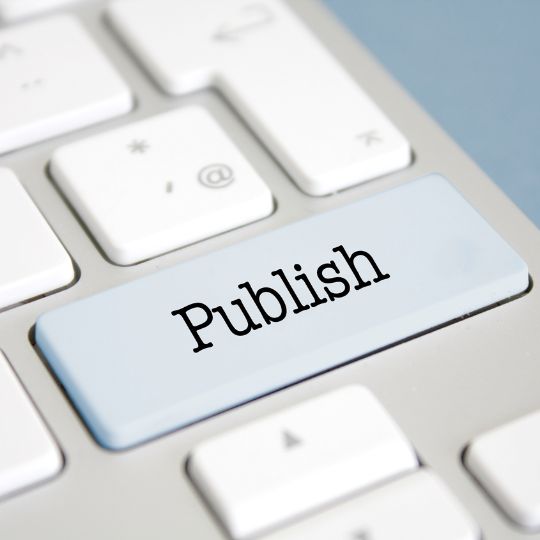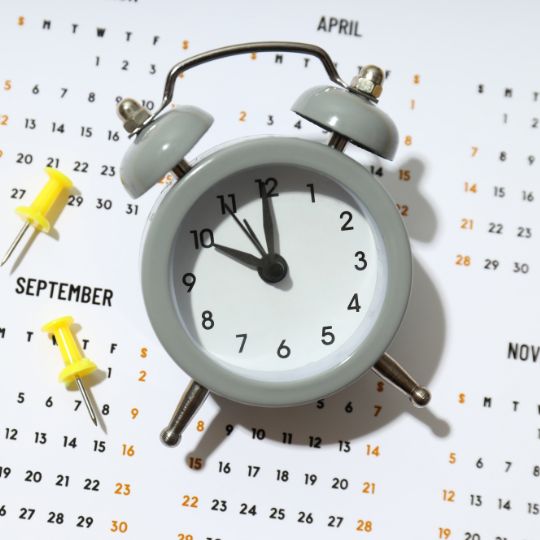If At First: A Roadmap for Authors Coping With Manuscript Rejection
This is a summary article that broadly covers a complex topic – for more specific advice, please ask inside the Colony.
Rejection is an inevitable part of an author’s journey.
Whether you are a budding writer or an established author, the path to publication is riddled with obstacles. Receiving a rejection letter or email (or sometimes no response at all) from a literary agent or publisher can be disheartening. However, it’s important to remember that even the most celebrated authors faced rejection at some point in their careers. Clearly, they developed strategies that helped them persevere and ultimately find success. This article will reveal practices and attitudes you can adopt that will build your resilience.
- Accepting Rejection: Yes, that is certainly an oxymoron! And the best way to respond is with idiom: you have to face the music, then bell the cat. You cannot turn your back or be the ostrich. Come on. You’re a writer! Rejection can be a blow to an author’s confidence, but you must view it as a stepping stone rather than a stumbling block. Numerous bestselling authors have shared their own stories of rejection. Most of them emphasize the importance of learning from the experience. For instance, J.K. Rowling faced multiple rejections before “Harry Potter and the Philosopher’s Stone” found its home. Stephen King, one of the most successful authors of our time, initially discarded his first novel, “Carrie,” after it was rejected by over 30 publishers. Rejection is not a reflection of your worth as a writer. It’s an invitation to develop resilience while carving your own path toward success.
- Constructive Criticism: When you receive a rejection letter, the first thing to do is write a number on its top right-hand corner. If it’s a double-digit number, scroll back to the bit about Stephen King (above), then file that letter with the others. Whatever you do, look beyond the disappointment and don’t lose faith in yourself. Hopefully, the letter will have included feedback to indicate why the literary agent or publisher has ‘passed’ on your manuscript. Many industry professionals do still take the time to offer feedback to authors, explaining aspects of their writing that require improvement. Notable authors like Margaret Atwood and Stephen King headline the importance of paying attention to these critiques. Constructive criticism helps authors refine their work and develop their craft. If your letter doesn’t provide feedback, join a writers’ community such as Litopia where The Laboratory specializes in feedback and critiques that are acclaimed for their kindly effectiveness.
- Revision and Re-submission: After considering any feedback, revise your manuscript using the suggestions provided. You don’t have to agree with every suggestion, but you should definitely think deeply about each one. Stubbornness takes many forms, one of which is called ‘shooting yourself in the foot’ and another called ‘cutting off your nose to spite your face.’ Try to redirect these feelings. Turn them into the ‘never give up’ sort of stubbornness instead. Every author can strengthen their writing skills by focusing on aspects that need improvement. Constructive criticism simply points to these aspects. The revision process lets you refine your work, to grow it up a bit. Renowned author John Grisham famously revised his first novel, “A Time to Kill,” based on an editor’s suggestions, leading to its eventual publication and establishing his career as a bestselling author. When you are ready, when you have revised and are in love with your manuscript again, it’s time to showcase your ability to adapt and improve. Time to submit it to scrutiny again!
- Persistence and Perseverance: Rejection should never stop you from pursuing your dreams. It is essential to develop resilience and maintain a steadfast commitment to your craft. As you’ve seen, even critically acclaimed authors have faced repeated rejection before achieving success. For instance, Stephenie Meyer, author of the immensely popular “Twilight” series, received numerous rejections before a small publisher took a chance on her manuscript. Similarly, James Patterson, a household name in the thriller genre, experienced rejection for years before securing a publishing deal for his debut novel, “The Thomas Berryman Number.” These examples demonstrate that perseverance and determination are key ingredients for success in the face of rejection. Don’t give up! If at first you don’t succeed, try, try again.
- Exploring Alternative Avenues: While traditional publishing is often the ultimate goal for authors, rejection can lead to alternative paths that may prove equally fulfilling. Many contemporary authors have found success through self-publishing or hybrid publishing models. Self-publishing platforms like Amazon’s Kindle Direct Publishing (KDP) and Smashwords provide authors with opportunities to share their work with readers directly. Popular author E.L. James first self-published her “Fifty Shades of Grey” series, which later secured a traditional publishing deal and became a global phenomenon. Exploring alternative routes to publication can help authors gain experience, visibility and potentially attract the attention of literary agents or publishers in the future.
Rejection is an integral part of an author’s journey, but it should never be considered a definitive endpoint. Remember, even the most distinguished authors faced rejection before achieving literary success. As J.R.R. Tolkien wisely said, “All we have to decide is what to do with the time that is given us.” Hold on to a positive attitude, continue learning and think long-term. Above all, keep writing and developing your craft, for your success may be just around the corner.
[embedyt] https://www.youtube.com/watch?v=svcZFjl-g6k[/embedyt]
This is a broad overview of a dynamic topic: for specific help and encouragement at every stage of your writing life, join the Colony!





